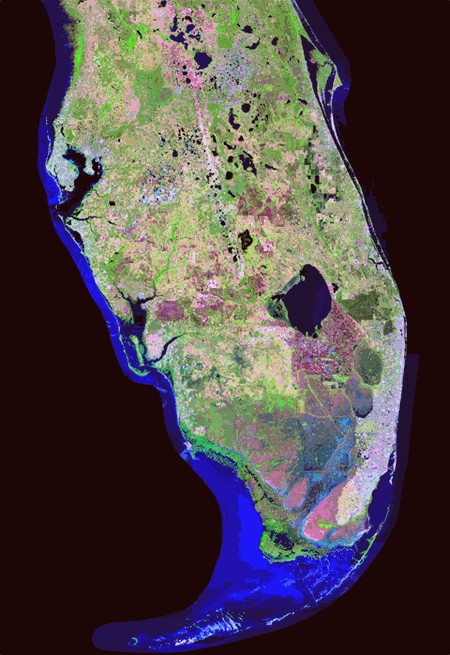Lake O is the largest lake in the Southeastern United States and the 2nd largest freshwater lake in the United States "Okeechobee" is a Seminole word meaning "big water" Lake O is over 730 square miles and can store up to 1.05 trillion gallons of water In 1930, Lake O was 19 ft. deep; Since 1992, the average depth has been 9 ft. deep Lake O can lose up to 1 inch of water a day due to evaporation The sources of inflow into Lake Okeechobee are:
39% Rainfall, 31% Kissimmee, 30% Harney Pond, Indian Prairie Fisheating Creek, Taylor Creek/Nubbin Slough Outflows from Lake O are:
66% evapotranspiration, 12% Caloosahatchee River, 4% St Lucie Canal, 18% drains south to Everglades 
History of the Lake Lake Okeechobee was formed about 6000 years ago Before the late 1800s, Lake O was considered a myth by European settlers The original lake was saline, but rainfall replenished it and made it freshwater The bottom of Lake O was once sand After major hurricanes and flooding in the 1920s, numerous canals have been dug to redirect water from the Kissimmee River and drain once wide littoral zones to create more land for agricultural use and housing. The hydrology of the Kissimmee-Okeechobee-Everglades drainage system has been greatly modified with diking and dredging to create farmland, control flooding, provide navigation, and create a water supply Today, Lake O is a multipurpose reservoir providing drinking water for urban areas, irrigation water for agricultural lands, recharge for aquifers, freshwater for the Everglades, habitat (littoral zone) for fish and waterfowl, flood control, navigation, and recreational use |




